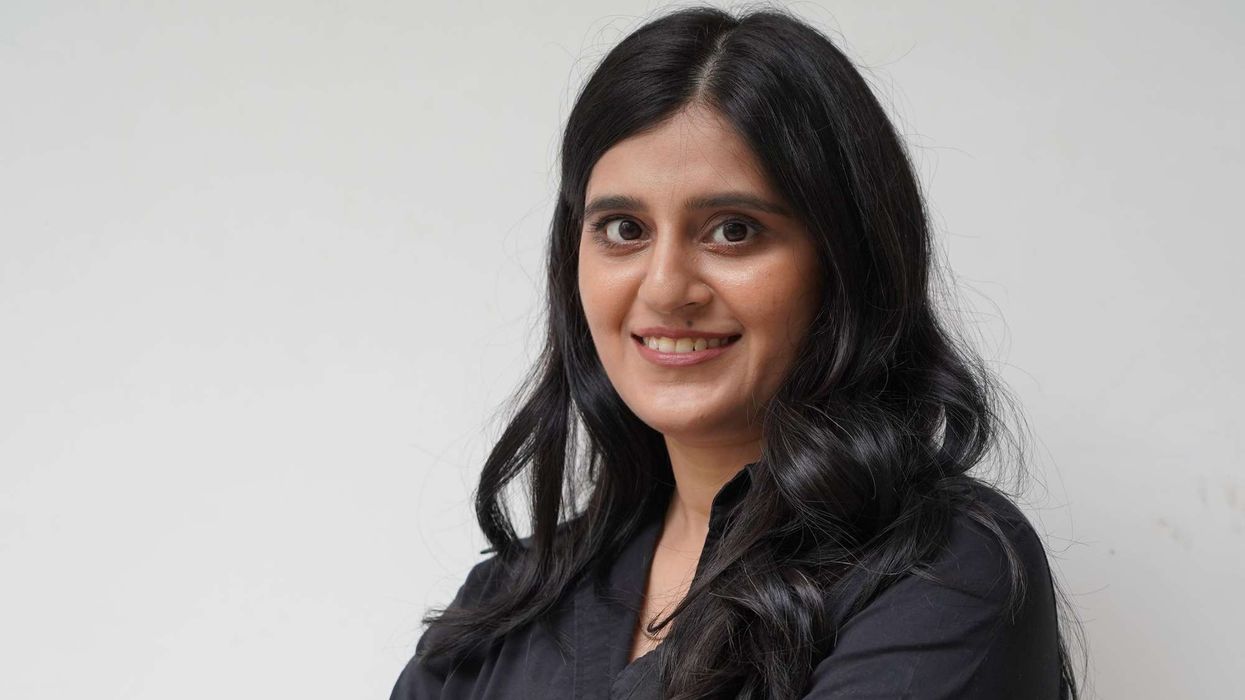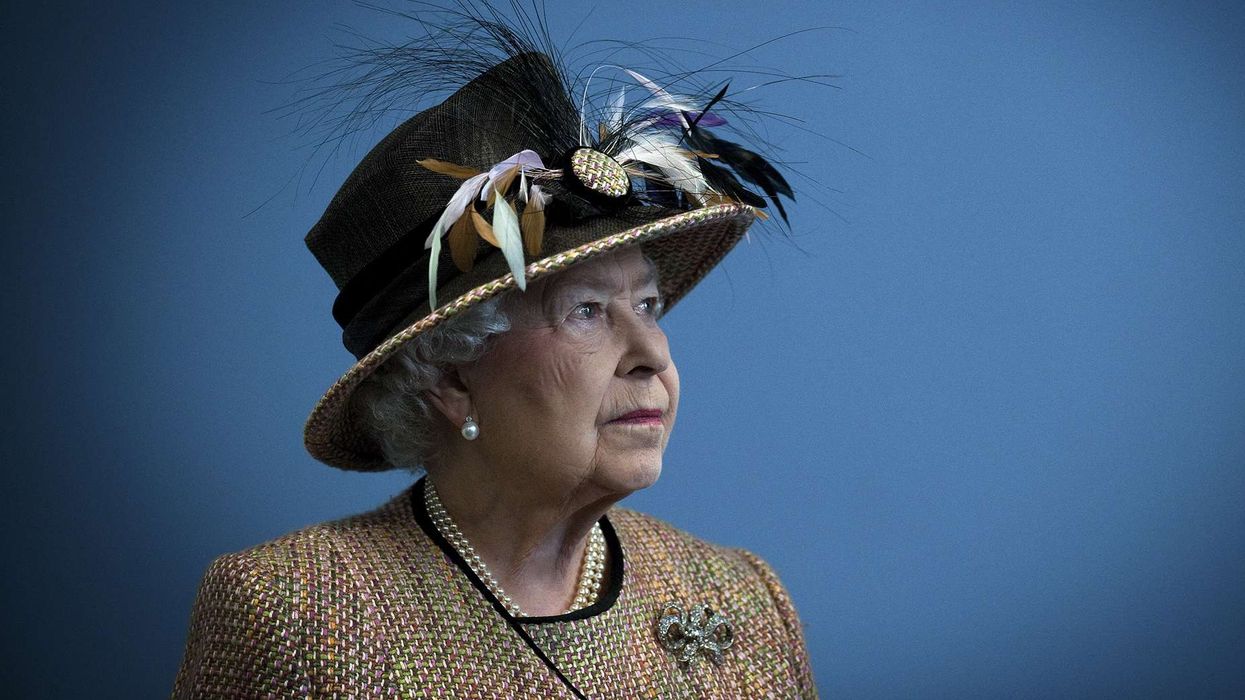Olympic swimmer Rebecca Adlington has recently revealed her diagnosis of coeliac disease and has called for greater awareness of the condition. In a video shared on Coeliac UK’s Instagram, Adlington discussed the importance of gluten-free prescriptions and urged the government to protect access to these prescriptions, which have been cut in some areas.
Her diagnosis shines a light on coeliac disease, a condition that affects approximately 1 in 100 people in the UK. However, due to the difficulty in recognising the symptoms, only around 36% of people living with the condition have been officially diagnosed.
If you’re unfamiliar with coeliac disease, here’s what you need to know:
1. What is Coeliac Disease?
Coeliac disease is a serious autoimmune condition triggered by the consumption of gluten. Gluten is a protein found in grains such as wheat, barley, and rye, which are common in many everyday foods.
For people with coeliac disease, consuming gluten causes their immune system to attack the lining of their small intestine, leading to damage that prevents the absorption of essential nutrients. This can cause a wide range of symptoms and, if left untreated, can lead to long-term health problems such as osteoporosis, anaemia, and, in rare cases, small bowel cancer.
Coeliac disease is not an allergy, as some people may assume, but a lifelong autoimmune condition that requires strict management through diet.
2. Symptoms of Coeliac Disease
The symptoms of coeliac disease can vary greatly from person to person, which makes diagnosis challenging. Some common symptoms include diarrhoea, bloating, fatigue, abdominal pain, nausea, and mouth ulcers. These symptoms can be persistent, recurrent, or even unexplained, which often leads to misdiagnosis.
One striking fact is that 1 in 4 people diagnosed with coeliac disease had previously been misdiagnosed with Irritable Bowel Syndrome (IBS). This overlap in symptoms can delay the correct diagnosis, and as a result, it takes an average of 13 years for adults to receive a proper diagnosis after their symptoms first appear.
3. The Importance of Early Diagnosis
Diagnosing coeliac disease early is crucial to preventing further complications. Damage to the small intestine caused by continued gluten consumption can result in nutrient deficiencies, affecting overall health and quality of life.
However, due to the complexity of symptoms and the fact that they can be mistaken for other conditions, many people live with the disease for years before being diagnosed. Rebecca Adlington's own diagnosis highlights the need for greater awareness, as even high-profile athletes and public figures can struggle with the condition.
4. Who is Affected?
While coeliac disease affects approximately 1 in 100 people, the number of people experiencing symptoms without diagnosis is much higher. According to Coeliac UK, an estimated 500,000 people in the UK are living with undiagnosed coeliac disease.
The condition can develop at any age, although more than 50% of people are diagnosed after the age of 40. Coeliac disease also tends to be more common in females, and studies show that if a family member has the condition, there is a 1 in 10 chance that a close relative will also develop it.
People with Type 1 diabetes are six times more likely to have coeliac disease than the general population, and the risk increases to 10 times for children with Type 1 diabetes.
5. Rebecca Adlington’s Advocacy
Since her diagnosis, Rebecca Adlington has been using her platform to advocate for the protection of gluten-free prescriptions. She explained that she quickly learned how vital these prescriptions are for managing the condition, yet some areas have seen these prescriptions cut.
Adlington has encouraged others to support a petition that gathered 22,826 signatures and was submitted to the government, calling for better access to gluten-free prescriptions. Her efforts are helping to raise awareness of the challenges faced by those living with coeliac disease.
6. The Only Treatment: A Gluten-Free Diet
At present, there is no cure for coeliac disease, and the only treatment is to follow a strict gluten-free diet for life. This means avoiding any foods containing wheat, barley, and rye. While some people may be able to tolerate very small amounts of gluten, most must avoid it completely to prevent symptoms and further intestinal damage.
Naturally gluten-free foods include rice, potatoes, corn, plain meat, fish, eggs, fruits, vegetables, and dairy products. People with coeliac disease must learn to identify which foods are safe and navigate the complexities of avoiding gluten in processed or packaged foods.
7. Support from Coeliac UK
For those living with coeliac disease, Coeliac UK provides valuable resources and support. Their website offers information about maintaining a gluten-free diet, as well as details on local support groups, volunteering opportunities, and ongoing campaigns.
If you or someone you know has been diagnosed with coeliac disease or is experiencing symptoms, Coeliac UK’s helpline (0333 332 2033) is available Monday to Friday from 10am to 4pm to provide further assistance.













